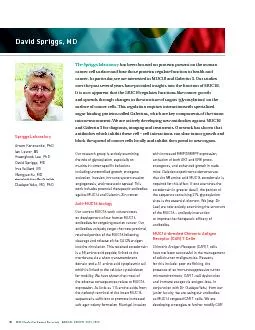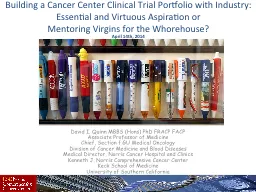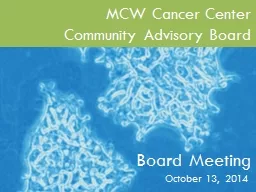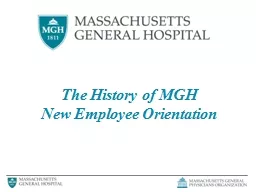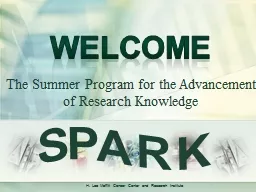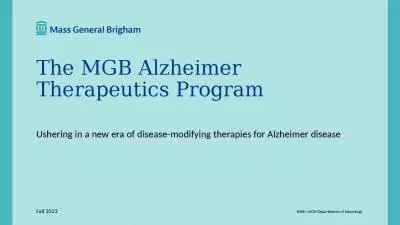PDF-MGH Center for Cancer Research
Author : emily | Published Date : 2021-03-17
Spriggs Laboratory Artem Kononenko PhDIan Laster BSKwangkook Lee PhDIrva Veillard BSMengyao Xu MD shared with Liron BarPeled labOladapo Yeku MD PhDOur research group
Presentation Embed Code
Download Presentation
Download Presentation The PPT/PDF document "MGH Center for Cancer Research" is the property of its rightful owner. Permission is granted to download and print the materials on this website for personal, non-commercial use only, and to display it on your personal computer provided you do not modify the materials and that you retain all copyright notices contained in the materials. By downloading content from our website, you accept the terms of this agreement.
MGH Center for Cancer Research: Transcript
Download Rules Of Document
"MGH Center for Cancer Research"The content belongs to its owner. You may download and print it for personal use, without modification, and keep all copyright notices. By downloading, you agree to these terms.
Related Documents

